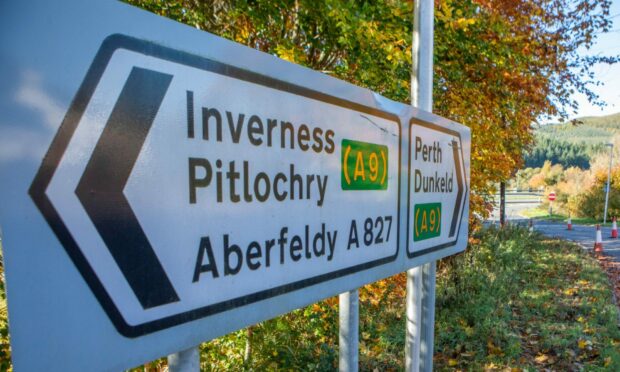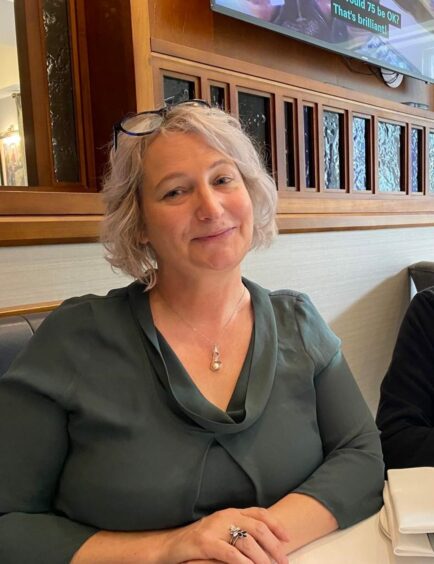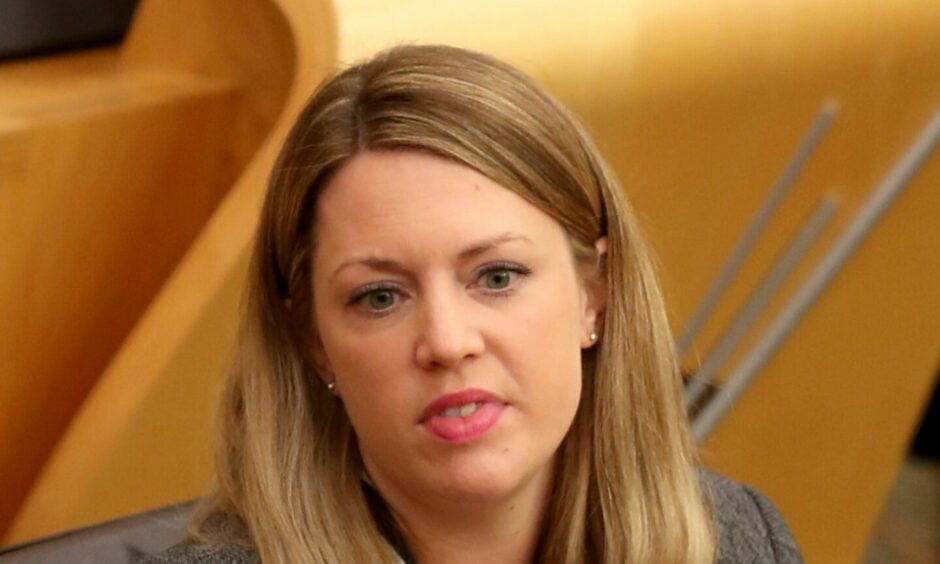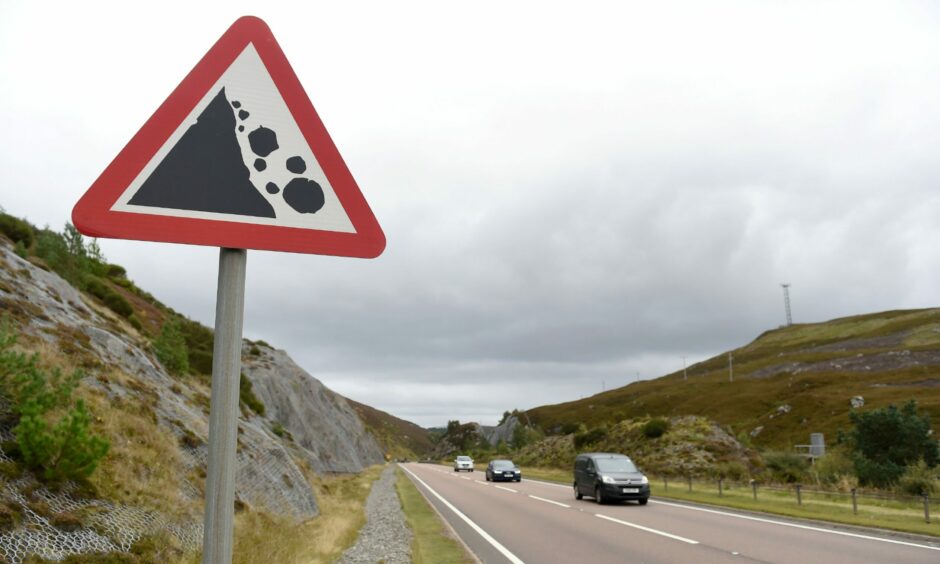A 13th person has died on a notorious stretch of the A9 between Perth and Inverness since July this year.
Claire Wilson, from Dunfermline, was killed in a crash between Luncarty and Bankfoot on Thursday night.
The 55-year-old was the sole occupant of the white Mini Cooper involved in the crash which closed a stretch of the road from around 9.30pm to 2.30am.
Ms Wilson’s family and friends are the 13th to lose a loved one on the A9 Perth to Inverness road in the last five months.
This means 2022 is now joint with 2010 to be the road’s deadliest year.
It is thought pushing forward with plans to dual the road would help prevent this number from rising further.
What is being done?
Current plans state the A9 dualling will be completed by 2025. However, only two of the 11 sections have been completed so far.
Calls have been made for the Scottish Government to revise its timeline, but this has not yet been done.
Transport Minister Jenny Gilruth said she has met with police in recent weeks to “better understand the increase in fatal accidents and the underlying contributing factors”.
She added: “Every death on the A9, and on any of Scotland’s roads – is one too many.”
Following the deaths in recent months, Ms Gilruth said earlier this month she would be meeting with constituency and regional members to discuss their concerns.
She then intends to announce short-term measures to rollout across the A9 between Perth and Inverness until dualling can be completed.
‘Only way to increase road safety’
Opposition members have criticised the repeated delays to plans to dual the road, along with the A96 Inverness to Aberdeen one.
Last month when the death toll reached 12, MSP Murdo Fraser called for urgent action.
“The SNP Government need to sit up and take notice at all these recent deaths on the A9 Perth to Inverness road – all of which took place on single carriageway stretches,” he said.
Badenoch and Strathspey councillor Bill Lobban believes “the only way to increase road safety on the A9 is to dual it from Inverness to Perth”.
He added: “It is not just tourists. It’s tourists, locals and truck drivers and every one of them could potentially be avoided if the A9 was dualled.”




Conversation